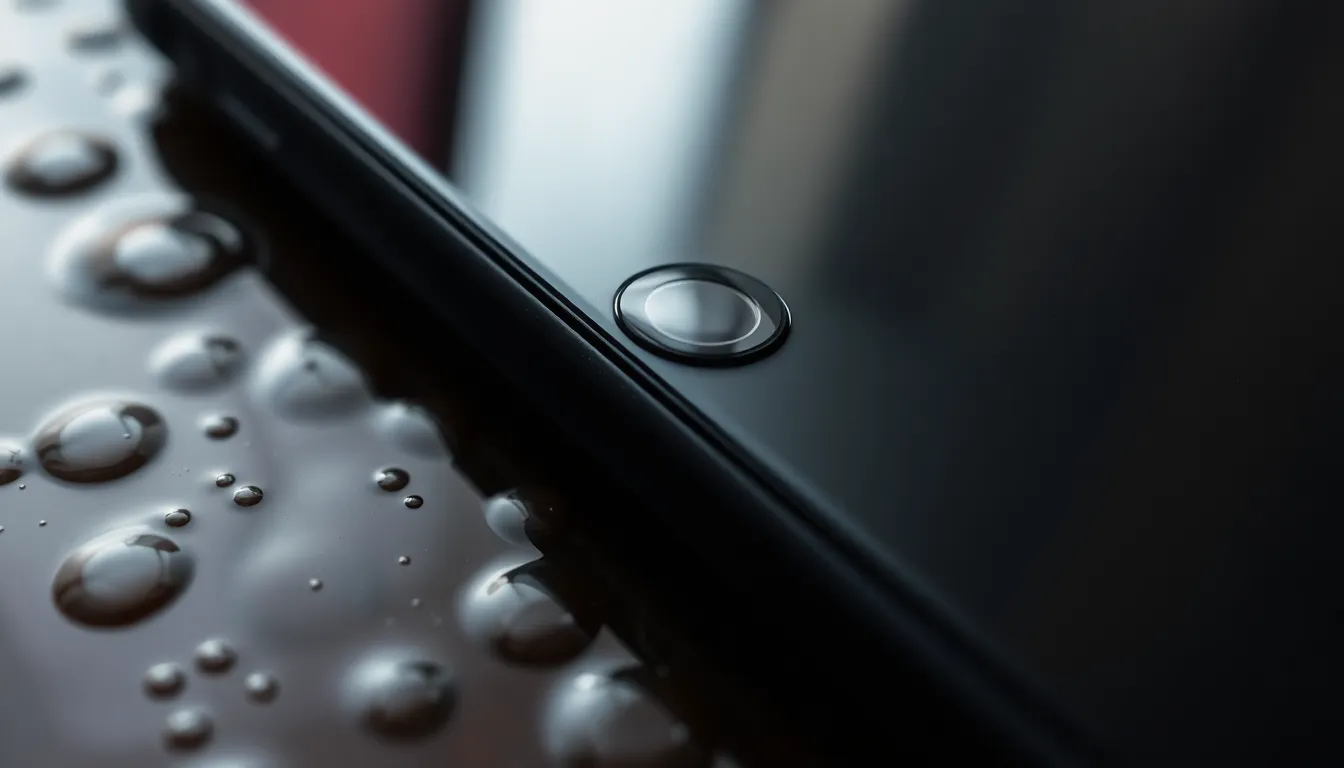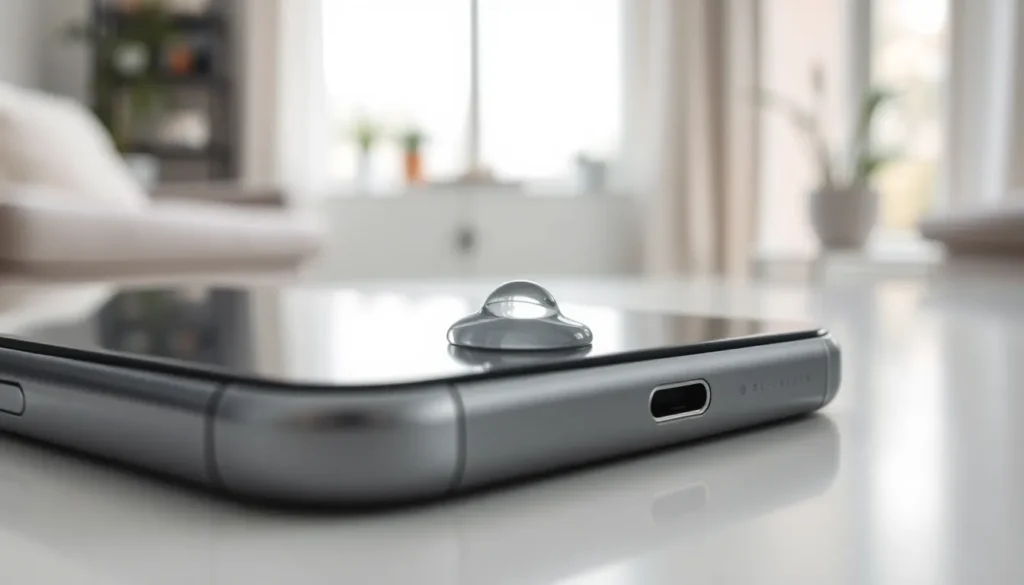Table of Contents
TogglePicture this: you’re scrolling through your favorite memes when suddenly your iPhone flashes a message that reads “Water Detected.” Panic sets in, and you start questioning your life choices. Did it take a dive in the pool? Did you accidentally spill your iced coffee? Fear not, because this quirky alert is more common than you think.
Understanding iPhone Water Detection
Water detection alerts on iPhones indicate moisture exposure in the Lightning port or headphone jack. This feature protects the device from potential damage by preventing charging when moisture is present.
The Water Ejection Feature
Many iPhones include a water ejection feature. Users can activate this by using the built-in speaker system to remove water from the speaker grilles. A simple reminder might prompt users to utilize this option after water exposure.
How Water Detection Works
Water detection relies on sensors within iPhones to identify moisture levels. These sensors initiate warnings when detecting water droplets. Charging is disabled until the area dries, providing safety against electrical shorts and other damage.
Common Reasons for Water Detection

Several factors can trigger the “Water Detected” alert on an iPhone. Understanding these common reasons helps users address the issue quickly and effectively.
Moisture in the Lightning Port
Moisture entering the Lightning port commonly activates the water detection alert. When the port encounters water, sensors recognize this change and disable charging. Dirt or debris may also exacerbate the issue by trapping more moisture. Keeping the port clear of obstructions ensures better performance and reduces the risk of moisture accumulation.
Humidity and Condensation
High humidity levels frequently contribute to water detection alerts. Air with excessive moisture can cause condensation inside the iPhone, especially when moving between environments with differing temperatures. Maintaining a stable environment helps minimize humidity-related issues. Using a dehumidifier in particularly humid settings can also prevent moisture buildup.
Recent Exposure to Water
Direct contact with water often results in triggering the water detection warning. Activities such as using the phone near a pool, beach or during rain can lead to this situation. It’s essential to dry the device immediately and avoid charging until it is clear of moisture. Wiping the phone with a soft cloth can also help remove external water before allowing it to dry completely.
Troubleshooting Water Detection Alerts
Addressing a “Water Detected” alert prompt requires immediate attention to prevent potential damage. Users can take specific steps to resolve the issue effectively.
Steps to Resolve the Issue
- Inspect the Lightning port for visible debris or moisture.
- Gently clean the port with a dry, soft-bristled brush or a lint-free cloth.
- Allow the device to air dry in a well-ventilated area for at least 30 minutes.
- Avoid using a hairdryer or heat source, as this could damage internal components.
- Test charging once the port appears dry.
- Restart the iPhone to reset sensors if the alert persists.
- At this point, recheck the port for any remaining water or dirt.
When to Seek Professional Help
Consider professional help if the alert continues after taking the above steps. Persistent moisture detection indicates potential internal damage. Technicians can assess the device and provide appropriate repairs. Apple Support or authorized service providers are reliable options for assistance. Before seeking help, verifying warranty status may save costs on repairs. Avoiding further DIY attempts can prevent additional harm to the device.
Preventing Future Water Detection Issues
Preventing future water detection issues enhances the longevity of an iPhone. Practicing careful habits reduces the likelihood of encountering moisture problems.
Protective Cases and Accessories
Using waterproof cases offers an effective solution against water damage. Many options exist that provide a shield around the device, ensuring protection during activities near water. Incorporating port covers can prevent moisture from entering the Lightning port or headphone jack. Products with built-in screens can also help avoid accidental exposure to liquids. Choosing high-quality accessories contributes to overall device safety.
Best Practices for iPhone Care
Ensuring a clean and dry environment helps maintain the iPhone’s functionality. Regularly inspecting the Lightning port for debris leads to fewer moisture-related issues. Air drying the device after exposure to moisture minimizes risk. Avoiding extreme temperature changes prevents condensation buildup. Staying away from high humidity situations also benefits the phone’s longevity, especially during seasonal transitions.
Experiencing a “Water Detected” alert can be concerning but understanding its purpose is crucial. This warning acts as a safeguard against potential damage from moisture exposure. By following preventive measures and troubleshooting steps, users can effectively manage this issue. Keeping the Lightning port clean and maintaining a stable environment significantly reduces the chances of encountering moisture-related problems. If the alert persists despite efforts, seeking professional assistance is advisable to ensure the device’s longevity and functionality. With proper care and attention, users can enjoy their iPhones without the worry of water damage.







